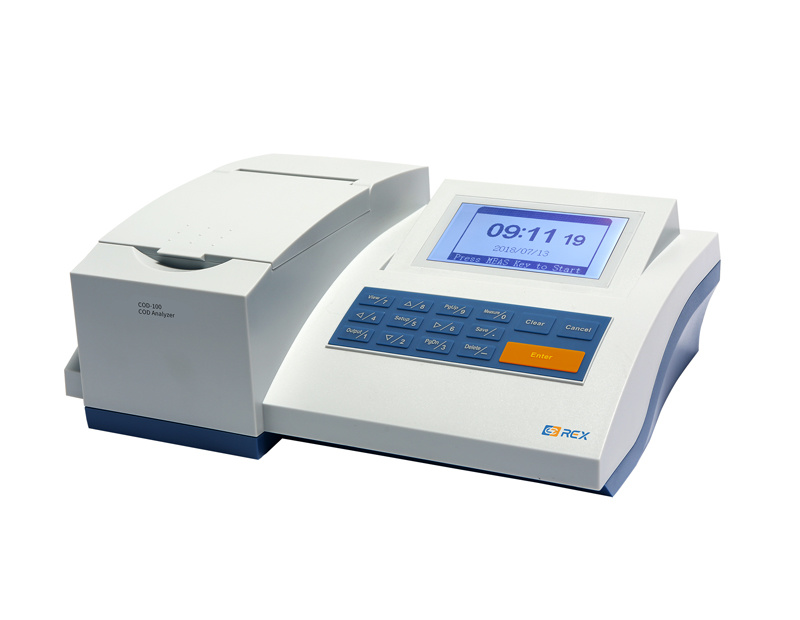How to Assess the Accuracy and Stability of a COD Analyzer
Release Time
2025-11-20 09:23
As a crucial device for measuring the degree of organic pollution in water quality testing, the accuracy and stability of a COD Analyzer directly affect the reliability of monitoring results and the scientific validity of the data. Whether for industrial wastewater treatment, environmental monitoring, or laboratory analysis, assessing the performance of a COD Analyzer is paramount.
Detection accuracy is the core indicator for evaluating COD Analyzer performance. Accuracy depends on the stability of the optical system, reaction reagents, and measurement methods. High-quality COD analyzers typically employ multi-wavelength light source designs, using colorimetry to eliminate interference from sample color and turbidity, thereby improving measurement accuracy. Furthermore, selecting equipment with automatic calibration capabilities allows for real-time adjustment of the detection curve based on standard solutions, reducing human error and ensuring long-term consistency of test results.

Stability reflects the equipment's reliable performance under continuous operation and varying environmental conditions. A stable COD analyzer maintains a small error range even with significant variations in temperature and humidity. Users can assess the instrument's repeatability by conducting multiple parallel sample tests or comparing test results from different time periods. If the results from multiple tests of the same water sample show minimal deviation, it indicates good operational stability.
The equipment should undergo regular zero-point and range calibration to maintain the sensitivity and accuracy of the optical detection system.
The accuracy of a COD analyzer can also be verified by comparing the results from manual standard methods with those from the instrument. If the difference is within acceptable limits, the equipment is considered reliable. Judging the accuracy and stability of a COD analyzer should involve a comprehensive evaluation of factors such as the optical system, automatic calibration function, operational consistency, and maintenance. Selecting a COD analyzer with stable performance, low error, and high data consistency is essential to providing scientific and reliable technical support for water quality monitoring and environmental management.

PRECISION PERFECT
Contact Us
-
Tel:0086-021-39506429/39506392
Mail:info@lei-ci.com
-
Fax: 0086-021-39506398


 Contact
Contact E-mail
E-mail
